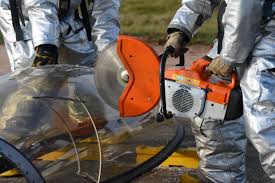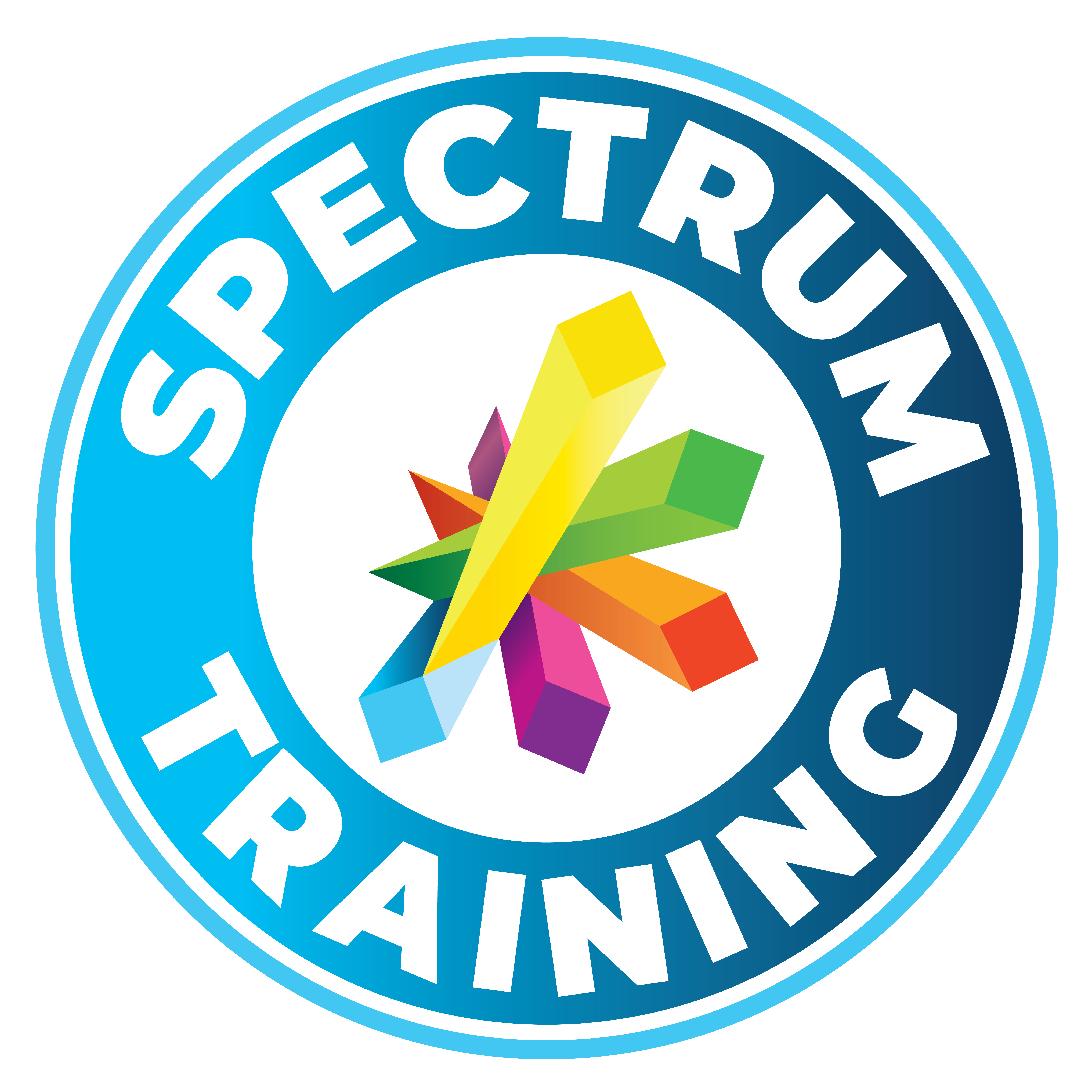
Objectives
At the end of the course the candidate will:
- Be able to select and mount an abrasive wheel in accordance with the regulations.
- State the hazards arising from the use of abrasive wheels.
- Identify the methods of marking abrasive wheels as to type and speed.
- Know the methods of dressing a wheel.
- To state the requirements of the rest.
- Know how to inspect the abrasive wheel for damage.
Theory
What the candidate should know:
- Relevant legislation including HSWA 1974, PUWER 1998, PPE 1992, HSG17
- Common causes of accidents. Near misses, RIDDOR
- Hand and arm vibration (HAV’s), Whole body vibration (WBV’s)
- Risk assessment
Course Structure
- Introduction
Facilities, objectives. - Legislation, standards and guidance
HSWA, MHSWR, PUWER, PPE, HSG17. - Common Accidents.
Eye injuries, contact injuries, burst wheels. RIDDOR, risk assessments. - Health and PPE
HAV, WBV, white finger. Reduce vibration equipment and PPE. Dust, fire. - Machine types
Selecting the best machine for the job – Hand held grinder, bench, chop saw, petrol cut off. - Disk types
Grinding wheel characteristics, type, disc dimensions, hardness, RPM, kite marking etc. - Inspection of grinding wheels.
Inspections, traceability, markings, visual and ring test. - Inspection of the grinding machine.
Check the grinding machine’s decals, components, guards, switches PAT etc. - Storage and Handling
Select a suitable area to store new and used abrasive wheels. Correct handling.
Course assessment
Individual written tests with explanation of pass requirements.
Individual practical assessments with explanation of pass requirements.
Failure means applicant will have to re-sit the course on another day.
A certificate of training will be issued for candidates who successfully pass the course assessments.
[siteorigin_widget class=”SiteOrigin_Widget_Button_Widget”][/siteorigin_widget]
